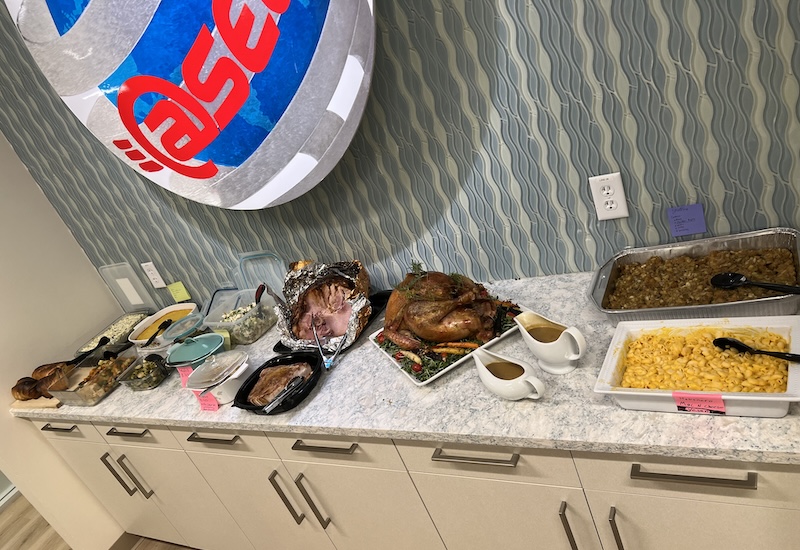Cryptographic Testing
Entropy Source Assessment
Consult our experts. We are happy to support you.
What atsec offers:
atsec US offers entropy source assessment specified by the SP800-90 series of documents through its accredited Cryptographic Security Testing (CST) laboratory (NVLAP Lab Code #200658-0). The assessment consists of two parts and will lead to an ESV certificate listing on the NIST website:
- Analysis of the design and operation of the noise source, as well as other aspects of the noise source (conditioning components, health tests, IID assumptions, etc.), that need to be documented and reviewed.
- Cryptographic modules that implement an entropy source need to be compliant with Special Publication 800-90B “Recommendation for the Entropy Sources Used for Random Bit Generation”. This involves the statistical testing of raw entropy data (one million samples) collected from a continuous run of the noise source, as well as raw entropy data (another million samples) collected by concatenating 1,000 samples after a restart of the noise source with a total of 1,000 restarts.
Authoritative websites:
More information:
Why our services are important to you:
The CMVP requires that all FIPS 140-3 module validation submissions include documented conformance to SP 800-90B when it is applicable. SP 800-90B, along with corresponding FIPS 140-3 IGs D.J, D.K, and D.O, outline the requirements for an entropy source to be included in a FIPS-approved cryptographic module.
Downloads:
Further information for your certification journey.
Entropy source implementations tested by atsec’s laboratory:
| Vendor / Implementation | Certificate / Date |
|---|---|
| Juniper Networks, Inc. Juniper Junos Evolved Kernel CPU Time Jitter Entropy Source | E291 2025-10-30 |
| Qualcomm Technologies, Inc. Entropy Source of the Qualcomm® Pseudo Random Number Generator (Snapdragon® X1 Plus) | E282 2025-09-17 |
| E280 2025-08-25 | |
| Google LLC Google Tensor 5th Gen TRNG | E278 2025-08-14 |
| IBM Corporation IBM Corporation OpenSSL CPU Time Jitter Entropy source | E265 2025-06-27 |
| ALE (Alcatel Lucent Enterprise) OmniSwitch AOS Entropy Source | E263 2025-06-17 |
| IBM Corporation IBM Corporation Kernel CPU Time Jitter Entropy source | E260 2025-05-29 |
| Google LLC Tensor G5 Google security core Entropy Source | E259 2025-05-29 |
| Apple Inc. Apple SEP TRNG entropy source | E254 2025-05-13 |
| Samsung Electronics Co.,Ltd. Samsung TRNG | E251 2025-05-09 |

Still have questions?
Can’t find what you’re looking for? Let’s talk!
FIPS 140-3 Testing
FIPS 140-3 specifies requirements related to securely designing and implementing cryptographic modules, and compliance is increasingly mandatory worldwide.
Cryptographic Algorithm Testing
Testing that cryptographic algorithms are implemented correctly is a prerequisite for FIPS 140-3 cryptographic module testing and NIAP Common Criteria evaluations.
Common Criteria Evaluation
The Common Criteria (CC), also known as ISO 15408, is an internationally recognized standard used to specify and assess the security of IT products.
The Information Security Provider
Read Our Latest Blog Articles
Learn the latest and greatest about information security. You’ll find insights and analyses of recent developments in technology and policy on our blog.
-

In Preparation for Thanksgiving
Thanksgiving is around the corner, so our colleagues brought their favorite dishes for a practice run.
-

atsec Completes P2PE PA Assessment for Newland NPT
Completing this assessment lists PaymentLink as a validated solution on the PCI SSC website.

